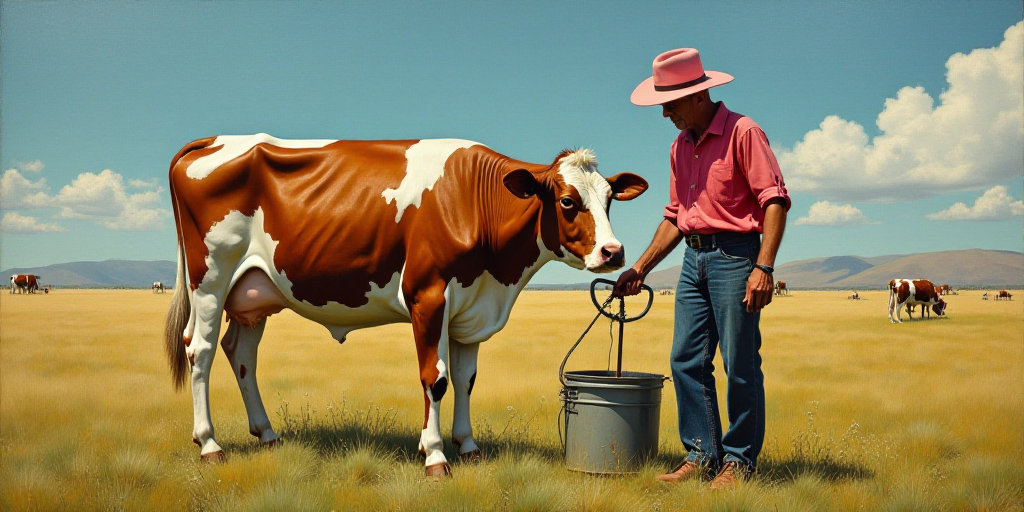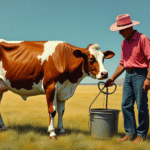Background on the Situation
Luis Fernando Haro, the general director of the National Council of Agriculture (CNA) in Mexico, reported that approximately $1.3 billion in cattle exports have not been realized this year due to partial border closures with the United States. The restrictions were imposed following the detection of the screwworm, a livestock pest that entered Mexico about ten months ago.
Impact on Cattle Prices and Trade
Haro mentioned that around 650,000 heads of cattle have not crossed into the U.S. because of these border restrictions, causing the average price for export-ready cattle to rise from $1,200 to $2,000 per head. This price increase is historically high and reflects the impact of these restrictions on both Mexican and U.S. markets.
The cattle being exported to the United States are primarily for fattening, known as registered cattle, which differ from those typically sold in the Mexican market. Haro emphasized that Mexico faces a challenge of decreasing cattle herds, which also affects prices.
Consequences for U.S. Market
The lack of Mexican cattle has affected U.S. feedlot operators, causing an increase in meat prices for American consumers.
Political Aspects of Border Closure
Jorge Esteve Recolons, the president of CNA, suggested that the border closure for cattle is a political decision. Rumors circulate that Brooke Rollins, the U.S. Secretary of Agriculture, might aspire to become Texas’s governor and avoid the screwworm issue, which could negatively impact her political ambitions due to Texas’s significant cattle industry.
Recolons also pointed out that the issue is not about legal cattle crossings but rather illegal animal smuggling through Mexico, bypassing necessary sanitary controls.
Uncertain Timeline for Border Reopening
Haro acknowledged the lack of clarity regarding when the U.S. border will fully reopen for cattle exports, as recent history shows that the U.S. government closed the border after discovering a screwworm case in northern Veracruz.
“Eliminating the screwworm will take years. I don’t know when the border will reopen, but I am aware that Secretary of Agriculture Julio Berdegué is coordinating visits from U.S. officials,” Haro stated.
Key Questions and Answers
- What is the main issue causing the border closure? The closure stems from concerns about the screwworm, a livestock pest that was detected in Mexico approximately ten months ago.
- How much revenue has Mexico lost due to these restrictions? Mexico has lost around $1.3 billion in cattle exports to the U.S.
- What types of cattle are primarily affected by these restrictions? The primary cattle being exported to the U.S. are for fattening, known as registered cattle.
- Why is the border closure considered political? Some believe that U.S. Secretary of Agriculture Brooke Rollins’s potential gubernatorial aspirations in Texas may influence the decision, as the screwworm issue could negatively impact her political ambitions.
- What is the current status of screwworm elimination? Eliminating the screwworm is expected to take several years, and there is currently no clear timeline for when the U.S. border will fully reopen for cattle exports.






